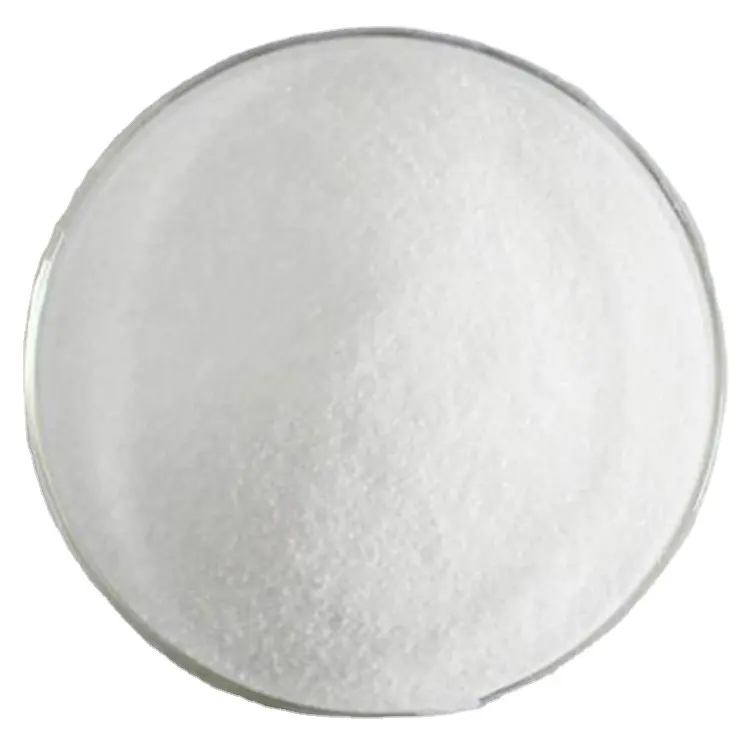
Oct . 22, 2024 12:32 Back to list
Understanding the Properties and Applications of Rutile Titanium Dioxide TiO2
Titanium Dioxide Rutile (TiO2) Properties, Applications, and Future Trends
Titanium dioxide (TiO2), primarily occurring in two crystalline forms, anatase and rutile, is a widely used compound with diverse applications across various industries. Rutile, characterized by its tetragonal structure, is the more stable and high-performance form of titanium dioxide, making it the preferred choice in many applications ranging from pigments to photocatalysts.
One of the most prominent uses of rutile TiO2 is as a pigment in paints, coatings, and plastics. Its exceptional opacity, brightness, and durability make it an ideal choice for creating vibrant and long-lasting colors. The high refractive index of rutile contributes to its effectiveness as a white pigment, allowing for excellent coverage and hiding power. This property is why rutile TiO2 is regarded as the standard for white pigments in many industries, enhancing everything from household paints to automotive finishes.
Titanium Dioxide Rutile (TiO2) Properties, Applications, and Future Trends
Beyond its uses in pigments and consumer products, rutile TiO2 has gained significant attention for its photocatalytic properties. When exposed to ultraviolet (UV) light, rutile can facilitate chemical reactions that help degrade organic pollutants in the air and water. This property has led to its integration in environmental applications, such as air purification systems and wastewater treatment processes. The ability of rutile TiO2 to harness sunlight for these processes positions it as a crucial material in the development of sustainable technologies.
titanium dioxide rutile tio2

The photovoltaic industry also benefits from rutile TiO2, where it is used in solar cells. Researchers are exploring ways to enhance the efficiency of titanium dioxide in dye-sensitized solar cells (DSSCs). The properties of rutile, combined with its stability and non-toxicity, make it a suitable candidate for improving energy conversion efficiencies and expanding the applicability of solar energy technologies.
However, the production of TiO2, particularly rutile, does come with environmental concerns. The extraction process can be associated with significant ecological disruption, and the production of TiO2 involves high energy consumption. As the global demand for TiO2 continues to rise, there is a pressing need for more sustainable production methods and alternatives that minimize environmental impacts. Innovative recycling methods and the development of bio-based alternatives are areas receiving increased attention from researchers aiming to address these challenges.
Looking ahead, the future of rutile titanium dioxide appears promising, driven by ongoing innovations in material science and environmental sustainability. Researchers are working on developing hybrid materials that combine rutile TiO2 with other nanoparticles, potentially enhancing its photocatalytic efficiency while reducing the quantity needed for effective performance. Additionally, advancements in nanotechnology may lead to new applications, such as in smart coatings that possess self-cleaning properties.
In conclusion, titanium dioxide rutile (TiO2) is a versatile compound with a wide range of applications that significantly impact various industries. From its essential role as a white pigment to its promising contributions to environmental sustainability and renewable energy, rutile TiO2 continues to be a focal point of research and innovation. As we push toward a more sustainable future, the continued exploration and development of rutile TiO2 will likely play a pivotal role in shaping technologies that align with environmental conservation and resource efficiency.
-
Premium 6618 Titanium Dioxide for GPT-4 Turbo Applications
NewsJul.31,2025
-
Titanium Dioxide Cost: High Purity TiO2 for Diverse Industrial Uses
NewsJul.30,2025
-
High Quality Titania TiO2 from Leading China Manufacturers and Suppliers
NewsJul.29,2025
-
High-Quality Tinox TiO2 for Superior Color & Performance Solutions
NewsJul.29,2025
-
High Quality Titania TiO2 from Leading China Supplier & Manufacturer
NewsJul.29,2025
-
High-Performance r6618 TiO2 for Superior Whitening and Versatility
NewsJul.28,2025
